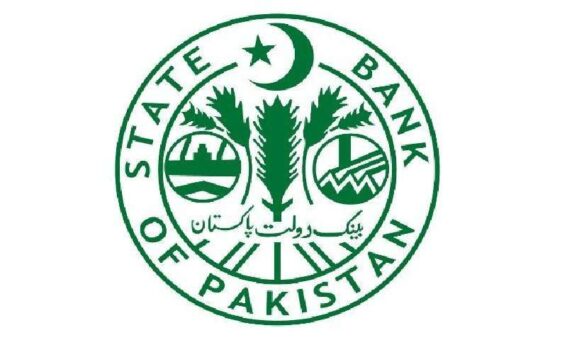Karachi, July 5, 2025 – Have you ever wondered how many people in Pakistan are now using their phones to manage their money? The State Bank of Pakistan (SBP) has just released eye-opening figures that highlight a massive shift toward digital banking — especially through mobile devices.
According to the SBP, the number of mobile phone banking users in Pakistan skyrocketed by an impressive 33% by the end of the third quarter of the current fiscal year, ending March 30, 2025. This surge brings the total number of mobile banking users to 22.39 million, up from 17.04 million during the same period last year.
In its latest report on the country’s digital financial services landscape, the SBP also noted that internet banking users climbed to 14.13 million, marking a 24% increase from 11.44 million in FY2024.
So, what’s driving this digital boom? Market analysts say the sharp increase in both mobile and internet banking users is directly linked to the country’s rapidly growing digital infrastructure. With over 198 million cellular subscribers and more than 200 million internet users as of June 2025, Pakistan is quickly becoming a digitally connected nation.
The SBP believes that this trend reflects increasing consumer trust in digital financial platforms, especially mobile apps that offer convenience, speed, and 24/7 access to banking services. From paying bills to transferring funds, more and more users are turning to their mobile devices instead of visiting traditional bank branches.
For many users, mobile banking has become more than just an alternative — it’s now their primary way of handling money. The SBP has been actively promoting financial inclusion through digital channels, and this latest data suggests that their efforts are bearing fruit.
With such growth, industry experts expect even more innovation and user-friendly features in mobile banking as demand continues to soar. Whether you’re already one of the 22 million users or considering making the switch, one thing is clear: mobile banking in Pakistan is the future — and it’s growing fast.
